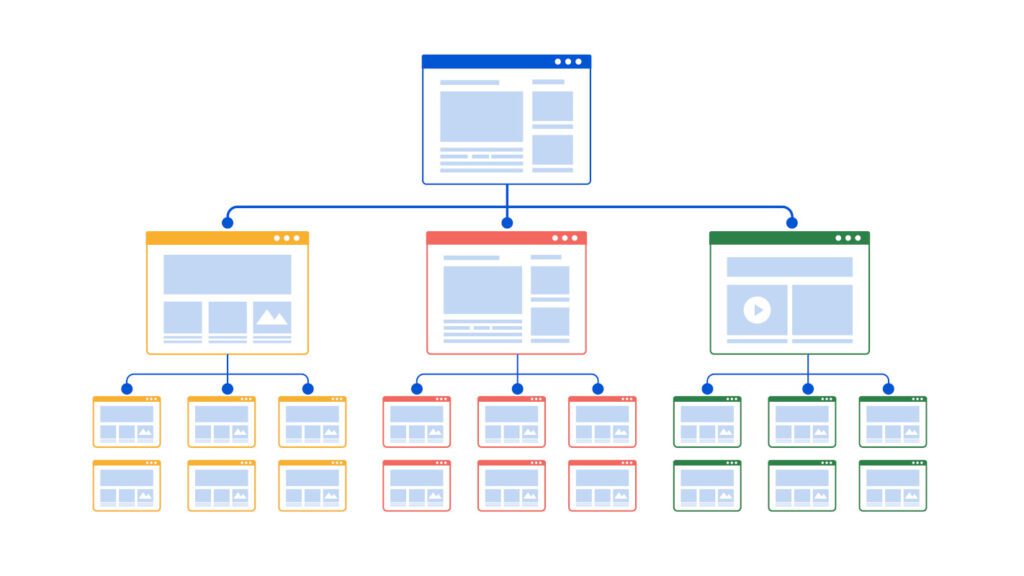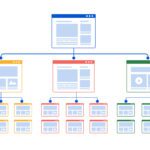Introduction
A beautiful website means nothing if no one can find it. That’s why understanding how to structure a website for SEO is one of the most important things beginners can learn.
Website structure affects more than just navigation. It defines how users move through your content, how search engines crawl and index your site, and how easily your most valuable pages can rank. A well-organized site creates a better experience—and boosts search visibility.
In this guide, you’ll learn how to create an SEO-friendly site layout. We’ll start with your home page, then cover supporting content, internal links, and content clusters—a proven strategy for building topical authority.
Whether you’re building a blog, service-based site, or digital product business, clear structure is key to long-term growth. And you don’t need technical skills to get it right.
If you’ve been looking for a beginner’s guide to organizing a site for SEO success, this guide gives you the blueprint.
For a complete breakdown of the best web tools to support this structure—from hosting to SEO plugins—check out our full beginner’s guide here.
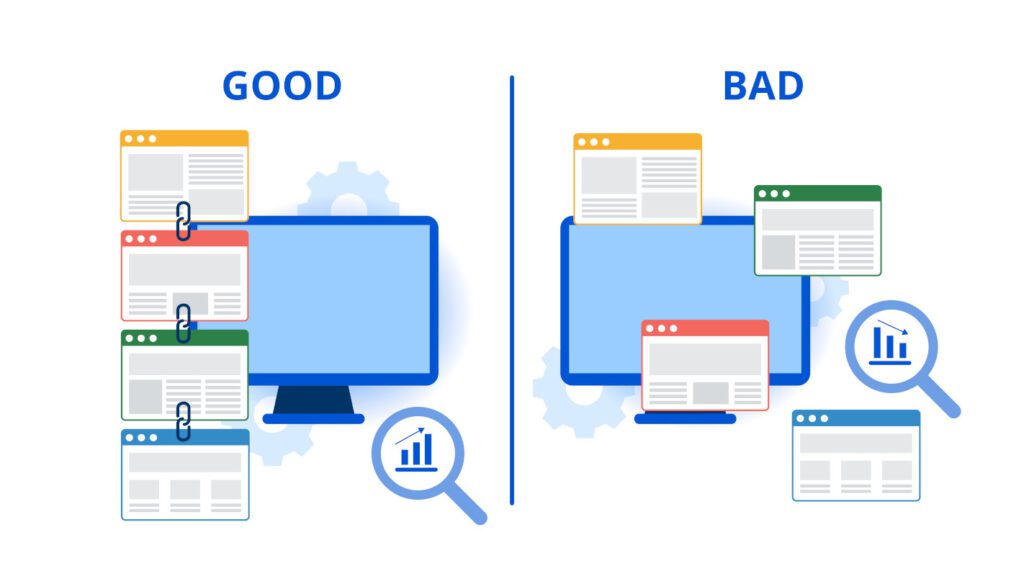
Why Structure Matters for SEO
If you’re new to building websites, the first thing to understand is this: structure influences everything—from crawlability and user experience to how pages rank in Google.
Search engines rely on logical site architecture to find, index, and evaluate your content. A flat, chaotic structure with no clear hierarchy confuses crawlers and buries your best pages. A clear and consistent layout makes it easier for search engines and users to navigate your content—and to identify what’s most important.
But this isn’t just about bots. Humans benefit too. Visitors are more likely to stay longer and visit more pages when your navigation is intuitive and your content is grouped logically. That leads to lower bounce rates and higher conversions—two signals that also help SEO.
If you’re serious about long-term growth, mastering your site structure gives you a strategic advantage from day one. It helps your most valuable content get seen, your supporting content play its role, and your internal links actually mean something.
In short, strong architecture isn’t just a technical step—it’s a strategic decision that can determine the success or failure of your entire content strategy.
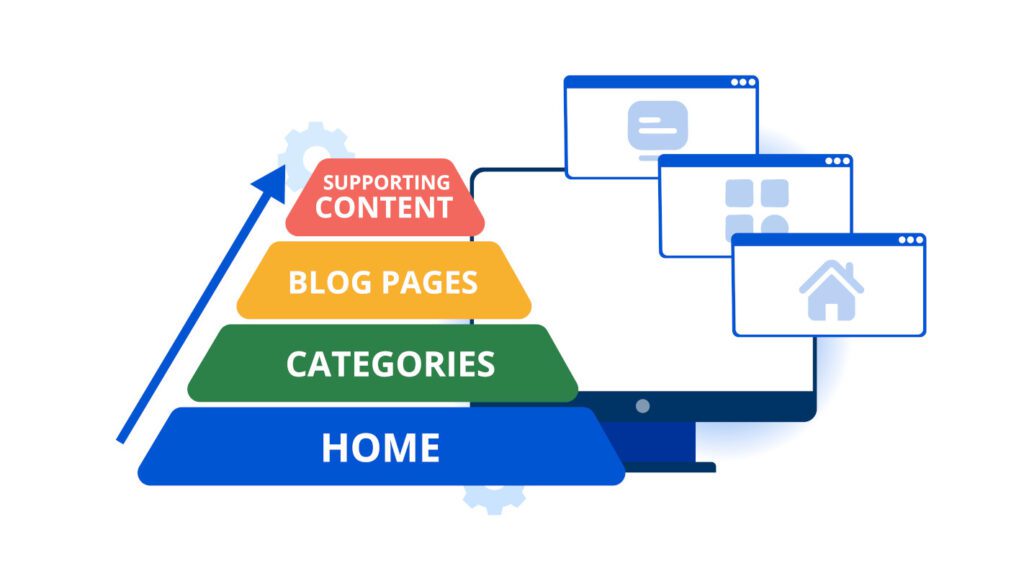
How to Plan Site Hierarchy
When setting up your website for SEO, one of the most important steps is planning your site hierarchy—the way your pages are organized from top to bottom.
Start with your home page at the top. From there, create high-level category or service pages that reflect your main topics or offerings. Beneath each category, you’ll place your supporting content, such as blog posts or sub-pages that dive deeper into specific questions or keywords.
This creates a “pyramid” structure: Home → Category Pages → Sub-Pages or Blog Posts. It’s clean, scalable, and easy for search engines to crawl and understand.
Keep your hierarchy shallow but logical. No important page should be more than three clicks from your home page. This keeps everything accessible—for both users and search engines.
A well-planned hierarchy also supports smart internal linking, which plays a critical role in optimizing your site for search engines. It allows you to pass link authority from top-level pages down to detailed content, improving the SEO potential of your entire site.
Many beginners skip this planning stage, but it’s foundational. If your content is disorganized or lacks a clear structure, it becomes harder to rank. Understanding the basics of website structure gives your site clarity, focus, and long-term growth potential.
Take the time to map your content before you build. It’s one of the smartest steps you can take in creating an SEO-ready site from day one.

Building a Home Page That Connects Everything
Your home page is the logical starting point when building a well-structured site. It acts as the central hub for your entire domain, helping both users and search engines understand where to go next.
A strong home page should link directly to your main category or topic pages, allowing for a clear flow to supporting content. This helps establish your site’s hierarchy and ensures that link authority passes down to deeper pages.
Include a simple, intuitive navigation menu that reflects your content structure. Use clear headings, logical groupings, and avoid overloading the page with too many links. Focus on relevance and organization.
You can also add teasers or summaries of key topics with links to blog categories, services, or products. This creates multiple paths to important pages and reinforces internal linking.
When optimized properly, your home page gives visitors and crawlers a clear picture of your site’s purpose. It’s not just your front door—it’s your map.
Done right, your home page sets the tone for everything else and plays a critical role in your overall SEO strategy.
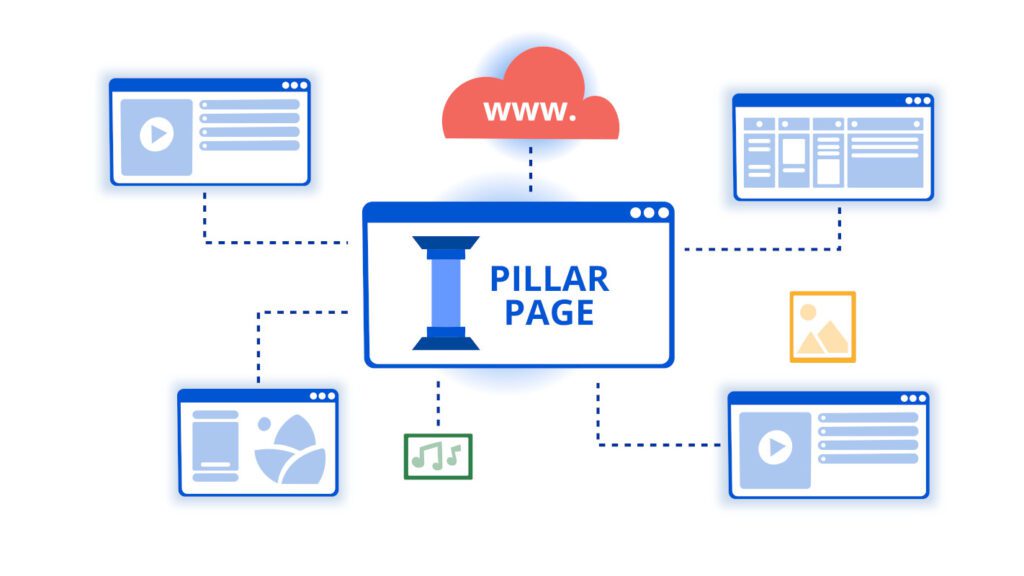
Creating Cluster Content and Internal Links
One of the most effective tactics for building topic authority is using content clusters—a strategy that connects related pages around a central theme, improving relevance and internal linking for SEO.
Start by identifying a pillar page, such as a comprehensive guide or service overview. Then create supporting content that dives into subtopics or answers related questions. Each supporting page should link back to the pillar, and ideally to one another, forming a tightly connected cluster.
This structure helps search engines understand which page is the most authoritative on a topic while keeping your content organized and easy to navigate. It’s a smart way to build topical relevance and improve keyword rankings across multiple pages.
Internal links play a huge role here. Use descriptive anchor text and make sure your links follow the hierarchy you’ve planned. The goal is to guide both users and search engines through your site in a meaningful way.
If you’re focused on improving site organization for SEO, clusters and internal linking should be at the core of your strategy. It’s one of the clearest ways to signal structure, authority, and intent—all things Google rewards.
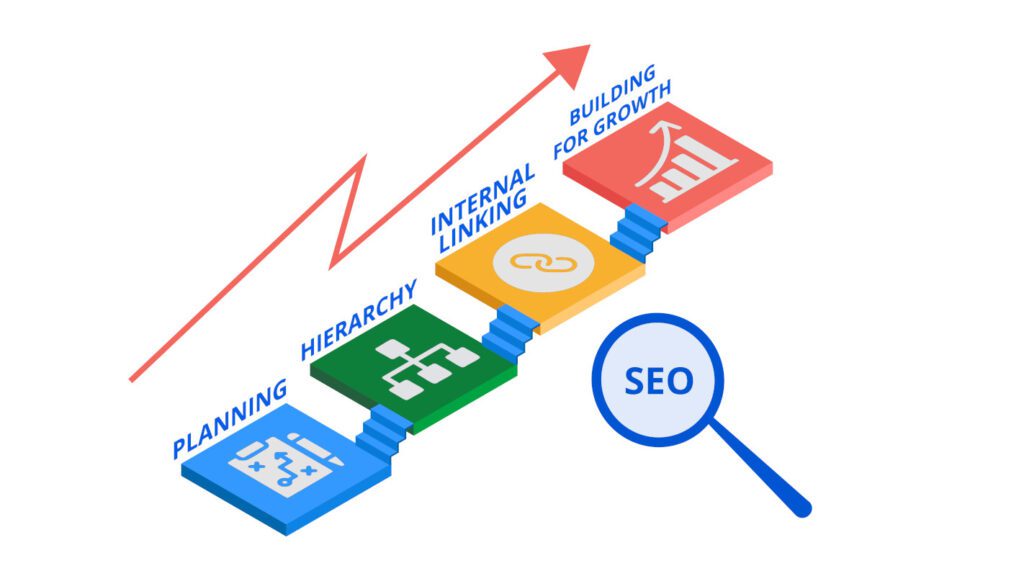
Putting It All Together for Long-Term SEO
Now that you understand how a solid structure supports SEO success, it’s time to put the pieces together. From your home page to internal links, every element plays a role in how your site performs—and how easy it is for search engines to crawl and rank your content.
Start with a clear hierarchy. Use your home page to highlight your key topic areas, then build out supporting content in clusters. Link strategically, making sure each page contributes to your site’s overall topic structure. Avoid orphaned pages and make sure your most important content is never more than a few clicks away.
If you’re building from scratch, sketch your structure first. If your site is already live, audit your internal links and reorganize where needed. Learn how to use Link Whisper to find and fix orphaned pages and improve your internal linking strategy. The goal is a site that’s easy to navigate, easy to maintain, and easy for Google to understand.
Planning your site layout with SEO in mind isn’t about chasing algorithms—it’s about serving your audience better and building a site that grows with you. With a solid structure in place, every post, page, and product you publish will have a stronger chance to succeed.

